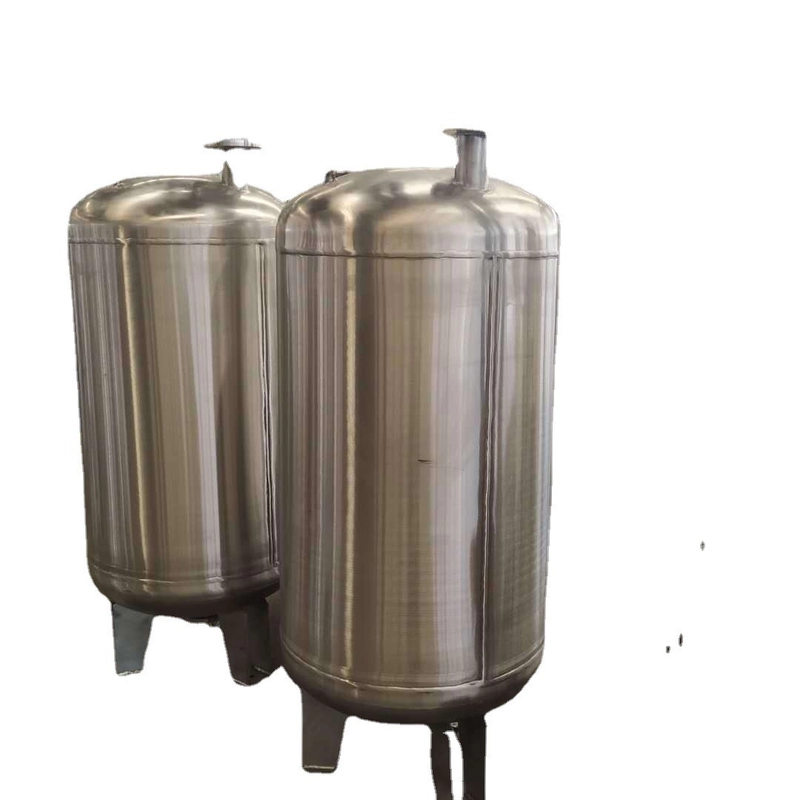Stainless Steel Potable Water Storage Tanks: Must-Know Buying Tips

The Complete Guide to Stainless Steel Potable Water Storage Tanks
Why Stainless Steel Reigns Supreme for Drinking Water Storage
Ever wonder why hospitals and breweries trust stainless steel potable water storage tanks? Unlike concrete or plastic alternatives, stainless steel prevents bacterial growth and chemical leaching. Its non-porous surface meets NSF/ANSI 61 standards for drinking water contact. For municipal projects, corrosion-resistant tanks cut long-term maintenance costs by 40-60% according to Water Research Foundation studies.
5 Critical Buying Factors for Your Water Tank
1. Grade Matters: 304 vs 316L Stainless Steel
While 304 stainless suffices for low-chloride areas, coastal zones need 316L’s molybdenum boost. We learned this the hard way when a coastal resort project in 2025 showed pitting corrosion in 304 tanks after just 18 months. Always check chloride levels in your water source!
2. Capacity Calculations Made Simple
Undersized tanks cause supply issues, oversized ones breed stagnation. Use this formula:
$$
\text{Daily Water Need (L)} \times \text{Backup Days} \times 1.2 = \text{Ideal Capacity}
$$
The 20% buffer accommodates usage spikes. Pro tip: Modular stainless steel potable water storage tanks allow future expansion.
Material Comparison: Stainless Steel vs Alternatives
| Feature | Stainless Steel | Polyethylene | Concrete |
|---|---|---|---|
| Lifespan | 30+ years | 10-15 years | 20-25 years |
| Bacterial Resistance | Excellent | Good (with coatings) | Poor (porous) |
| Installation Cost | $$$ | $ | $$$$ |
Step-by-Step Installation Guide
- Site Prep: Level concrete pad (6″ thick minimum)
- Inspection: Check for shipping damage – dents compromise integrity
- Anchoring: Use seismic-rated brackets in earthquake zones
- Plumbing: Install access ports with food-grade gaskets
- Disinfection: Circulate 50ppm chlorine solution for 4 hours
Maintenance Myths Debunked
“Stainless means maintenance-free” – this dangerous myth causes most failures. Ironically, neglecting cleaning accelerates corrosion. One brewery avoided $80k in replacements by implementing quarterly inspections. Their secret? Ultrasonic thickness testing to spot early thinning.
Pre-Commissioning Checklist
Interior electropolished to ≤ 0.5μm RA
Vent screens installed (mesh ≤ 24×24)
Cathodic protection system tested
First-flush drainage valve operational
FAQs: Stainless Steel Water Tanks
Q: How often should tanks be inspected?
A: Quarterly visual checks + annual professional assessment. High-sediment water needs monthly cleaning.
Q: Can I retrofit old concrete tanks with stainless?
A: Yes! Lining existing structures with 2mm stainless panels is cost-effective. Ensure proper bonding to prevent crevice corrosion.
Q: Are frost protection heaters safe?
A: Only use UL-listed tank heaters with auto-shutoff. Improper installation causes scalding and bacterial blooms.









